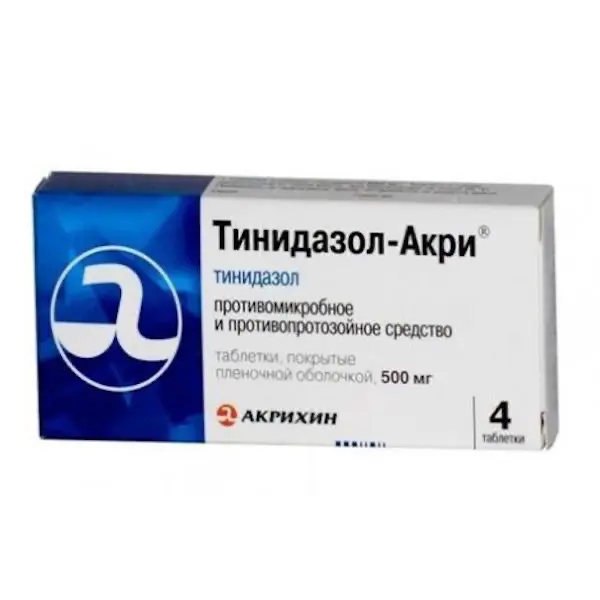Description
Ketoconazole Pharmacodynamics
Ketoconazole is a derivative of imidazoldiaxolane. In vitro and in vivo ketoconazole is active against the following microorganisms: Blastomyces dermatitides, Coccidioides immitis, Histoplasma capsulatum, Paracoccidioides brasiliensis.
Ketoconazole inhibits ergosterol biosynthesis, which leads to changes in the composition of lipid components of the fungal membrane and disrupts the permeability of the cell wall of fungi.
Indications
Ketoconazole should be used only when no other effective antifungal therapy is available or intolerant, if the expected benefits exceed the possible risks of use.
Ketoconazole is indicated for the treatment of the following systemic fungal infections in patients for whom other therapies have failed or been intolerant: blastomycosis, coccidioidomycosis, histoplasmosis, chromomycosis and paracidioidomycosis.
Ketoconazole is not recommended for fungal meningitis because ketoconazole does not penetrate much into the cerebrospinal fluid.
Contraindications
– Hypersensitivity to ketoconazole and other components of the drug;
– Acute or chronic liver disease;
– Childhood under 3 years of age.
– Concomitant use with several substrates of CYP3A4 isoenzymes, such as dofetilide, quinidine, cisapride and pimozide, because such use can lead to increased concentration of these drugs in blood plasma, to increase or prolongation of both therapeutic and side effects and to development of potentially dangerous conditions, such as prolongation of QT interval and development of ventricular tachyarrhythmias (incl. including polymorphic ventricular tachycardia of “pirouette” type, which is potentially life-threatening (see sections “Interaction with other medicinal products” and “Cautions”).
– In addition, concomitant use with the following drugs is contraindicated: methadone, disopyramide, dronedarone, ranolazine, sporinia alkaloids (e.g. dihydroergotamine, ergometrine, ergotamine, methylergometrine), irinotecan, lurazidone oral midazolam, alprazolam, triazolam; felodipine, nisoldipine, ranolazine, tolvaptan, eplerenone, lovastatin, simvastatin, colchicine (when treating patients with hepatic or renal impairment) (see “Interaction with other medicinal products” and “Cautions”).
– Lactase deficiency, lactose intolerance, glucose-galactose malabsorption.
Dosage and administration
- Oral, with meals (to improve absorption of the drug).
- Adults.
1 tablet once a day. If the indicated dosage does not improve, increase the dosage to 2 tablets once a day. - Children over 3 years of age.
– 15 to 30 kg – ½ tablet (100 mg) once a day.
– For children over 30 kg of body weight – the doses given for adults. - The average duration of treatment is 6 months.





